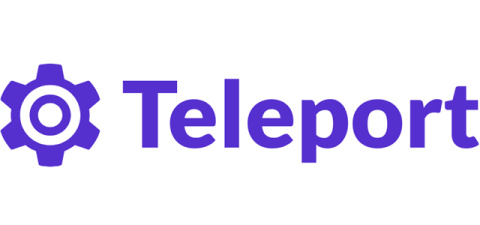How to spotlight search across every Mac with osquery
In this article, we discuss how admins can programmatically access Spotlight using a utility called osquery, and we demonstrate useful queries you can run to find evidence of compromise in your organization.











